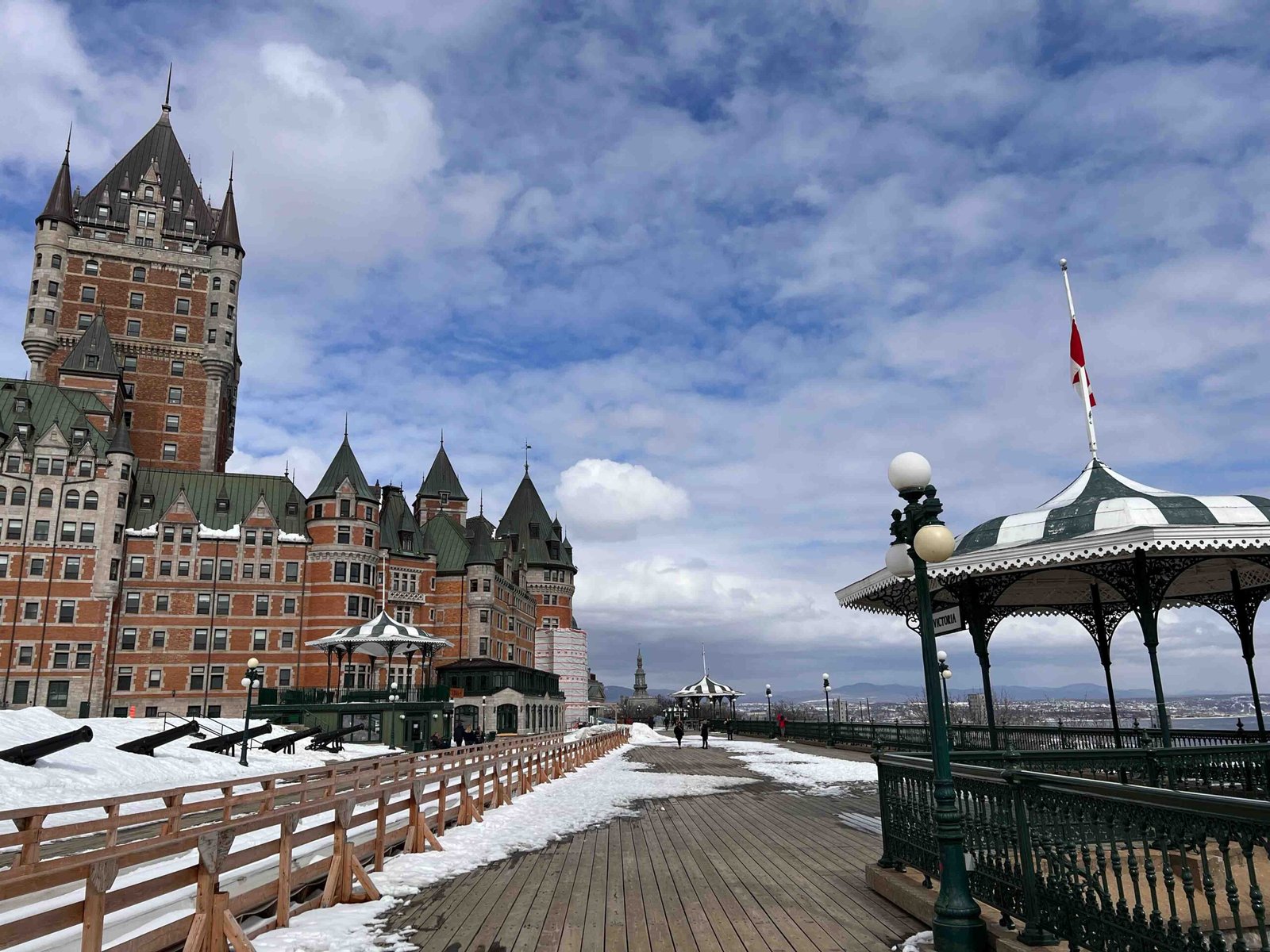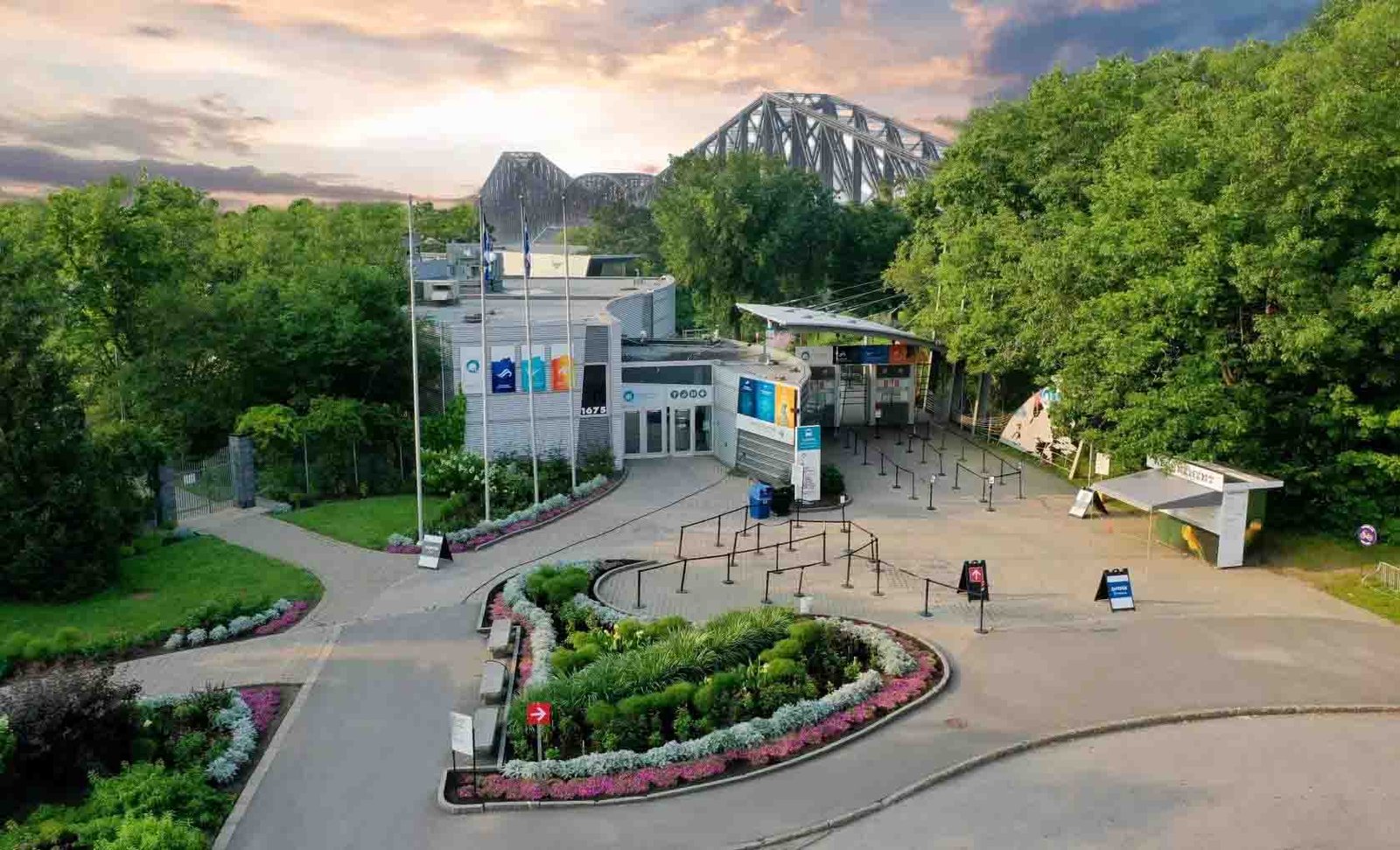Toronto and Ontario, two of Canada’s most vibrant and diverse regions, have a rich history and exciting growth prospects. From the bustling streets of Toronto to the natural beauty of Ontario’s parks and lakes, there is something for everyone to discover on this journey through these fascinating areas. In this article, we will explore the history of Toronto, from its humble beginnings as a small town to its current status as a mega-city. We will also delve into the diverse population of Toronto, which has transformed the city into a melting pot of cultures. Additionally, we will highlight some of Toronto’s vibrant neighbourhoods and top attractions that make it a tourist’s delight. Finally, we will examine the challenges facing Toronto today, including urbanization, transportation, and housing. So, join us on this journey as we uncover the many facets of Toronto and Ontario.
A Brief Introduction to Toronto and Ontario
Toronto, the capital city of Ontario, is a cosmopolitan metropolis that offers a perfect blend of history, diversity, and growth. With a population of over 2.9 million, it is the most populous city in Canada and one of the most diverse cities in the world. Ontario, on the other hand, is the second-largest province in Canada by land area and the most populous one. It is home to over 14 million people who speak over 200 languages, making it one of the most culturally diverse regions globally. Toronto and Ontario have a rich history dating back to the early 17th century when French explorers first arrived in the area. The region was later inhabited by Indigenous peoples who had their unique cultures and traditions. Over time, Toronto and Ontario became a melting pot of cultures as people from different parts of the world came to live in the region. Today, Toronto is a thriving hub of business, finance, arts, and culture. The city boasts of numerous attractions such as the CN Tower, Royal Ontario Museum, Art Gallery of Ontario, and Toronto Islands. Ontario is also home to some of Canada’s natural wonders such as Niagara Falls, Algonquin Provincial Park, and Thousand Islands. In recent years, Toronto and Ontario have faced challenges such as urbanization, transportation, and housing. However, with innovative solutions and a commitment to sustainable development, these challenges are being addressed to ensure that Toronto and Ontario continue to thrive as global hubs for commerce, tourism, and culture.
The History of Toronto: From a Small Town to a Mega-City
Toronto’s history is a fascinating journey that began in 1793 when the British colonial government established the town of York, which later became Toronto. The town was named after the Duke of York and served as the capital of Upper Canada until 1841. During this time, Toronto was a small town with a population of only a few thousand people. However, things began to change in the mid-19th century with the arrival of immigrants from all over the world, including Ireland, Scotland, Italy, and China.
The influx of immigrants brought diversity and growth to the city. In 1851, Toronto’s population had grown to over 30,000 people, making it one of the largest cities in Canada at the time. The city continued to grow rapidly throughout the 20th century, fueled by immigration, industrialization, and urbanization.
Toronto’s economy has been shaped by its diverse industries. In the early years, Toronto was a center for shipping and manufacturing. Later on, it became known for its financial services and technology sectors. Today, Toronto is home to some of Canada’s largest banks and tech companies.
As Toronto grew, so did its infrastructure. The city built new roads, bridges, and public transportation systems to accommodate its expanding population. Today, Toronto is known for its efficient public transportation system that includes subways, buses, streetcars, and trains.
In conclusion, Toronto’s journey from a small town to a mega-city has been shaped by its history of immigration, industry, and urbanization. As one of Canada’s largest and most diverse cities, Toronto has become a global leader in finance, technology, and culture while still retaining its unique character and charm.
The Diverse Population of Toronto: A Melting Pot of Cultures
Toronto is renowned for its cultural diversity and has been called a “melting pot” of cultures. The city is home to over 200 ethnic groups, making it one of the most diverse cities in the world. This cultural diversity can be seen in the food, festivals, and neighbourhoods throughout the city. Toronto’s diversity can be attributed to its history as a major immigration destination. In the late 19th and early 20th centuries, many immigrants came to Toronto seeking a better life. They brought their cultures, traditions, and languages with them, creating a rich tapestry of cultural diversity that continues to thrive today.
Toronto’s diversity is celebrated through numerous festivals and events held throughout the year. The city hosts the Taste of the Danforth, which celebrates Greek culture and cuisine. The annual Caribbean Carnival is also a highlight, attracting thousands of visitors from around the world to celebrate Caribbean culture through music, dance, and food. Additionally, Chinatown in downtown Toronto offers visitors a glimpse into Chinese culture through its bustling markets and authentic cuisine.
The city’s neighbourhoods also reflect its diversity. For example, Little Italy is home to many Italian restaurants and shops, while Kensington Market is known for its bohemian vibe and multicultural mix of shops and cafes. Toronto’s cultural diversity has also had a significant impact on the city’s art scene, with many artists drawing inspiration from their cultural backgrounds.
Overall, Toronto’s diverse population has contributed to its reputation as a welcoming and inclusive city. Its multiculturalism is an essential part of its identity and one that continues to attract visitors from all over the world who come to experience its unique blend of cultures firsthand.
Toronto’s Vibrant Neighbourhoods: A Tourist’s Delight
Toronto is a city of neighbourhoods, each with its unique character and charm. From the eclectic Kensington Market to the trendy Queen West, Toronto’s vibrant neighbourhoods are a tourist’s delight. One of the most popular neighbourhoods is The Distillery District, a pedestrian-only village that offers a glimpse into Toronto’s industrial past. It is home to many art galleries, boutiques, and restaurants, making it an ideal spot for visitors who love art and culture. Another neighbourhood worth exploring is Little Italy, where visitors can find some of the best Italian restaurants in the city. This neighbourhood also hosts the annual Taste of Little Italy festival, where visitors can sample authentic Italian cuisine while enjoying live music and entertainment.
For those looking for a taste of Asia, Chinatown is the place to be. Located in downtown Toronto, this bustling neighbourhood is home to some of the city’s best Chinese restaurants and shops. Visitors can sample dim sum, bubble tea or browse through the colourful shops selling everything from exotic spices to silk clothing.
For a more laid-back vibe, The Beaches is the perfect neighbourhood to visit. Located on the shores of Lake Ontario, this neighbourhood offers a boardwalk for leisurely strolls along with picturesque views of the lake. It also has many quaint shops and cafes that make it an ideal spot for a relaxing day out.
In conclusion, Toronto’s vibrant neighbourhoods offer visitors a chance to experience different cultures and lifestyles within one city. Whether it’s exploring the historic Distillery District or sampling delicious Italian food in Little Italy, there’s something for everyone in Toronto’s diverse neighbourhoods.
The Top Attractions in Toronto: Must-See Sights for Visitors
Toronto is a city that has something for everyone, whether you are a history buff, an art lover, or a foodie. One of the must-see sights for visitors is the CN Tower, which is an iconic landmark that dominates the skyline of Toronto. Visitors can take a ride up to the observation deck and enjoy the breathtaking views of the city from a height of 553 meters. Another popular attraction is the Royal Ontario Museum, which is home to an extensive collection of art, culture, and natural history exhibits. The museum’s architecture itself is worth seeing, with its modern glass façade and crystal structure. For those interested in Canadian history, a visit to Casa Loma is a must. This Gothic Revival-style castle was built in 1911 and features over 100 rooms, secret passageways, and gardens. Visitors can take a guided tour and learn about the history of this impressive mansion. For outdoor enthusiasts, Toronto Island Park is a great place to spend a day. This park offers stunning views of Lake Ontario and features beaches, picnic areas, bike trails, and amusement rides. Finally, no visit to Toronto would be complete without trying some of its famous cuisine. The St. Lawrence Market is one of the best places to sample local delicacies such as peameal bacon sandwiches and butter tarts. With so many attractions to choose from, visitors to Toronto will never run out of things to do and see.
Living in Toronto: A Booming Economy and High Quality of Life
Toronto has a booming economy and a high quality of life, making it an attractive place to live for many people. The city is home to a diverse range of industries, including finance, technology, and healthcare, which provide ample employment opportunities for its residents. In recent years, Toronto has become a hub for tech startups, attracting talent from all over the world. This has helped to create a vibrant and innovative business community that is constantly pushing the boundaries of what is possible.
Along with its strong economy, Toronto also boasts a high standard of living. The city consistently ranks highly in global quality of life surveys thanks to its excellent healthcare system, world-class education facilities, and low crime rates. In addition, Toronto is renowned for its cultural diversity and inclusivity, making it a welcoming place for people from all walks of life.
Despite its many advantages, living in Toronto does come with some challenges. The city’s rapid growth has put pressure on housing prices, making it increasingly difficult for people to find affordable homes. Traffic congestion is also a problem in some areas, particularly during rush hour. However, these issues are being addressed through government initiatives aimed at increasing the supply of affordable housing and improving public transportation.
Overall, living in Toronto offers many benefits to its residents. With a thriving economy and a high quality of life, it’s no wonder that so many people are choosing to make this city their home.
Challenges Facing Toronto: Urbanization, Transportation, and Housing
Toronto is a rapidly growing city, and as such, it faces several challenges related to urbanization, transportation, and housing. As the population continues to grow, the demand for housing has increased significantly, leading to rising housing costs and a shortage of affordable homes. This has resulted in an increase in homelessness and has made it difficult for low-income families to find suitable accommodation. To address this issue, the city has implemented several initiatives, including building more affordable housing units and offering financial assistance to those in need.
Another challenge facing Toronto is transportation. The city’s transit system is struggling to keep up with the growing demand, resulting in overcrowded buses and trains during peak hours. This has led to longer commute times and frustration among commuters. The city is currently working on several transit projects to improve the situation, including the expansion of the subway system and the implementation of a light rail transit system.
Urbanization is another significant challenge facing Toronto. As the city continues to grow, there is a need for more space to accommodate new residents and businesses. This has led to urban sprawl, which can have negative environmental impacts. The city is working on several initiatives to address this issue, including promoting sustainable development and creating more green spaces.
In conclusion, while Toronto is a vibrant and prosperous city, it faces several challenges related to urbanization, transportation, and housing. The city must continue to implement innovative solutions to address these issues and ensure that it remains a desirable place to live, work, and visit.
As we conclude this journey through Toronto and Ontario’s history, diversity, and growth, we are left with a sense of awe and wonder at the sheer magnitude of this region. From its humble beginnings as a small town to its current status as a mega-city, Toronto has undergone tremendous change. Its diverse population has added richness and depth to its culture, while its vibrant neighbourhoods and top attractions make it a tourist’s delight. Living in Toronto offers a high quality of life and booming economy, but not without its challenges of urbanization, transportation, and housing. As we reflect on all that Toronto and Ontario have to offer, we cannot help but wonder what the future holds for this region. Will it continue to thrive and grow, or will it face new challenges? Only time will tell, but one thing is certain – Toronto and Ontario will always be an intriguing and fascinating destination for travellers from around the world.
Population in province:
Alberta, British Columbia, Manitoba, New Brunswick, Newfoundland and Labrador, Nova Scotia, Ontario, Prince Edward Island, Quebec, Saskatchewan
Population in city:
Calgary, Edmonton, Vancouver, Victoria, Winnipeg, Fredericton, Moncton, St. John’s, Halifax, Toronto, Ottawa, Charlottetown, Montreal, Quebec City, Saskatoon, Regina






Leave a Reply